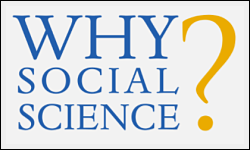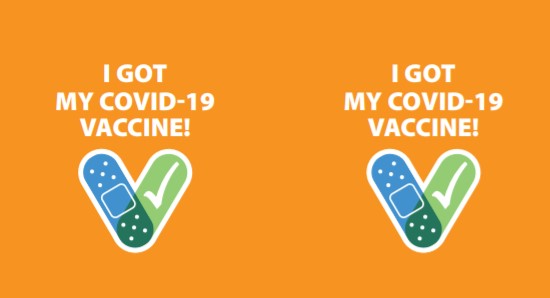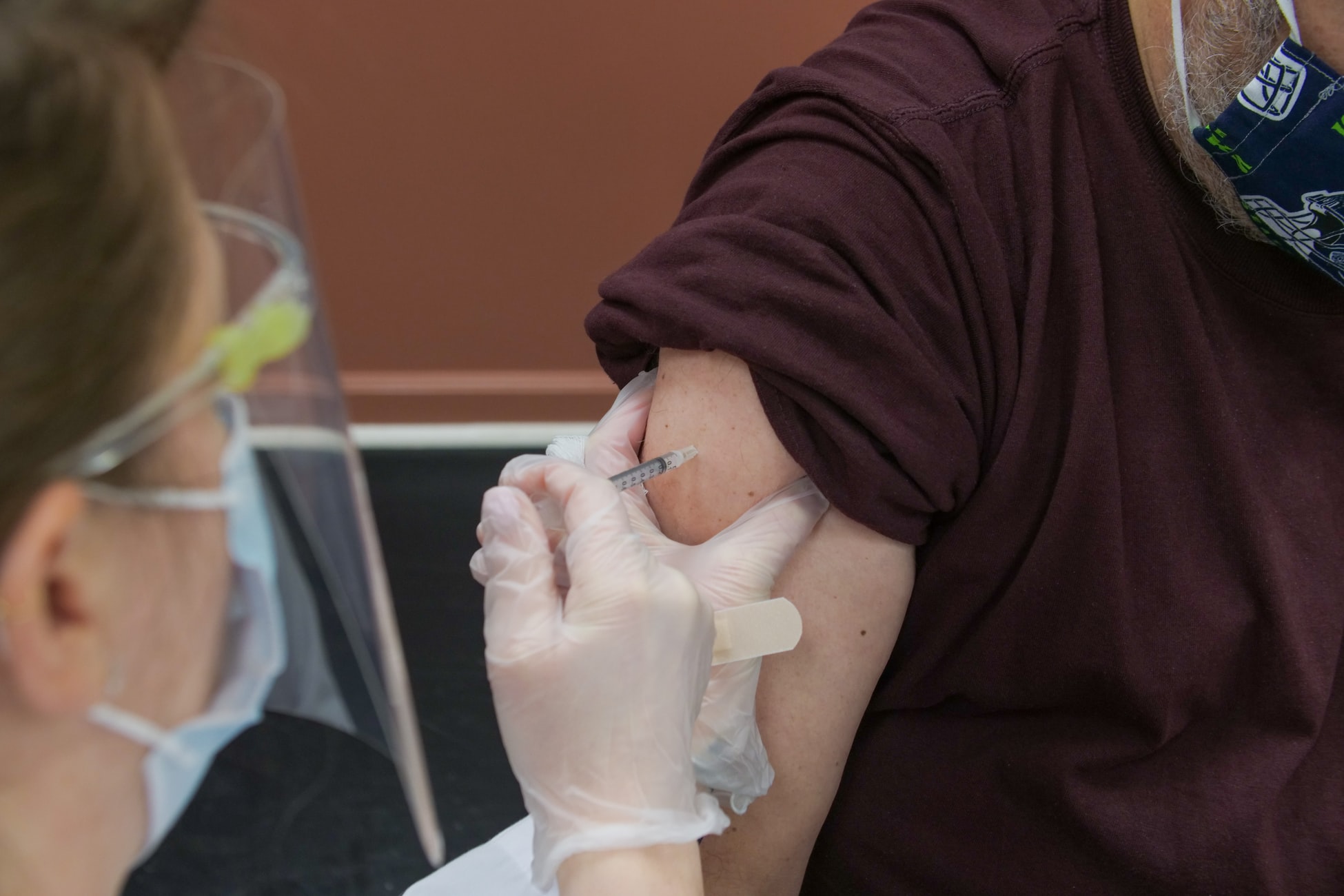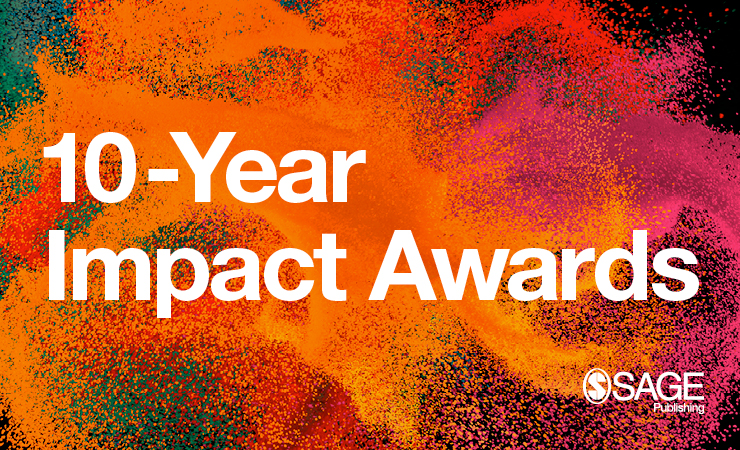Controlling the COVID-19 Pandemic Hinges on Behavior
The COVID-19 pandemic has caused extraordinary devastation, claiming millions of lives and disrupting the economy and daily life across the globe. From the beginning, the course of the pandemic has depended on behavior – for example, whether people would engage in recommended public health actions like mask wearing and social distancing. Currently, the success of vaccination also hinges on behavior. While the successful development of vaccines is an incredibly important scientific breakthrough and their distribution and accessibility is critical, ultimately, the public’s willingness to get vaccinated will determine whether we bring this pandemic under control. Insights from the social and behavioral sciences can help ensure that efforts to encourage vaccination and address hesitancy succeed.
“Insights from the social and behavioral sciences can help ensure that efforts to encourage vaccination and address hesitancy succeed.”
The Behavioral and Social Sciences Research Coordinating Committee at the National Institutes of Health (NIH), wanted to assist the public health community’s communication efforts to foster confidence in COVID-19 vaccines. To identify evidence-informed strategies for communicating about COVID-19 vaccines, we formed a trans-NIH working group consisting of behavioral and social science specialists across the NIH. On November 5th, 2020, the trans-NIH working group convened a multidisciplinary expert panel featuring 15 leading experts in public health and social science (e.g., communication, psychology, behavioral economics, health disparities, and anthropology). The expert panel was charged with identifying effective approaches for communicating about COVID-19 vaccines and suggesting ways these approaches could be tailored, targeted, and delivered to address the unique needs of diverse populations. The expert panel discussion formed the basis for recommendations about how government entities, such as U.S. federal agencies and partners at the state and local levels, could most effectively communicate vaccine-related information to a variety of constituents.

These recommendations are outlined in a report titled “COVID-19 Vaccination Communication: Applying Behavioral and Social Science to Address Vaccine Hesitancy and Foster Vaccine Confidence” and a user-friendly tip sheet of dos and don’ts. The report relies on a few foundational practices for effective health communication, namely coordinated and consistent messaging, trust building through partnerships, consideration of different health literacy levels in the population, and prioritizing equity in all aspects of communication. The recommended communication strategies, based on these foundational principles, are organized around three critical and interrelated strategic considerations for planning and implementing communication around COVID-19 vaccines: 1) What is being communicated, 2) Who is the target of the message, and 3) How is the message communicated.
The first step is defining the specific goals of the communication effort and determining what needs to be communicated. Establishing top-line messages around vaccine safety and efficacy, the collective and individual benefits of vaccination, and the importance of a two-dose regimen are key to ensuring consistency in communication efforts. However, in addition to conveying these top-line messages, it is important to consider and address underlying reasons for vaccine hesitancy in order to instill trust. For example, for those who have concerns about the accelerated vaccine development timeline, explaining the safeguards in the vaccine development, review, monitoring, and distribution process may help ease fears. Importantly, communicating in an empathic way, free of judgement and overly directive language, is crucial to avoid alienating those who have concerns. Monitoring the spread of both general and COVID-19-specific vaccine misinformation, and taking steps to mitigate its impact, will also be critical for successfully addressing vaccine hesitancy.
It is well documented that the COVID-19 pandemic is having a disproportionate impact on communities already experiencing health and social disadvantages by virtue of their race, ethnicity, health status, age, access to health care, occupation, and socioeconomic conditions. To develop the most effective, trustworthy, and equitable communication strategies, the needs and perspectives of the intended audience—including concerns, motivations, values, and information needs—must be considered. Listening to the concerns of different audiences will create better understanding of the different reasons behind vaccine hesitancy in diverse communities, which can be incorporated in vaccination communication efforts, for example through value-concordant approaches. The report highlights some of the unique challenges and factors associated with vaccine hesitancy in specific populations and describes methods that may help increase vaccine confidence in these communities.

“To develop the most effective, trustworthy, and equitable communication strategies, the needs and perspectives of the intended audience—including concerns, motivations, values, and information needs—must be considered.”
Once communication goals have been defined and the needs of the target population are understood, effective strategies for creating and disseminating messages to the intended audience must be employed. For example, to ensure that messages are aligned with the values and priorities of the audience, vaccination messages should be co-developed and co-disseminated with individuals and organizations that are trusted within the community. However, regardless of the target audience, messages must always be accurate, transparent, and truthful and neither exaggerate nor minimize the vaccine benefits or risks. Messaging that elicits positive emotions and uses creative and compelling formats, such as personal narratives or simple graphics, could also increase the impact of the communication effort. Additionally, strategies that make vaccination decisions more visible (e.g., “I got the shot” stickers or social media badges) may help establish COVID-19 vaccination as a social norm and frame the vaccine as an apolitical health decision. Other behavioral tactics such as modifying the choice architecture in ways that make vaccination the easy and convenient action (for example, by asking people to opt out of rather than opt into vaccination at health care appointments) could also increase the likelihood of vaccination uptake, while still preserving autonomy in decision making.
This report is informed by best practices in fields across the social and behavioral sciences. Vaccine availability alone is not enough to bring the COVID-19 pandemic under control: applying insights from the behavioral and social sciences can have a substantial impact on vaccine confidence as well as other important preventive behaviors necessary to bring this pandemic to an end.






























































































